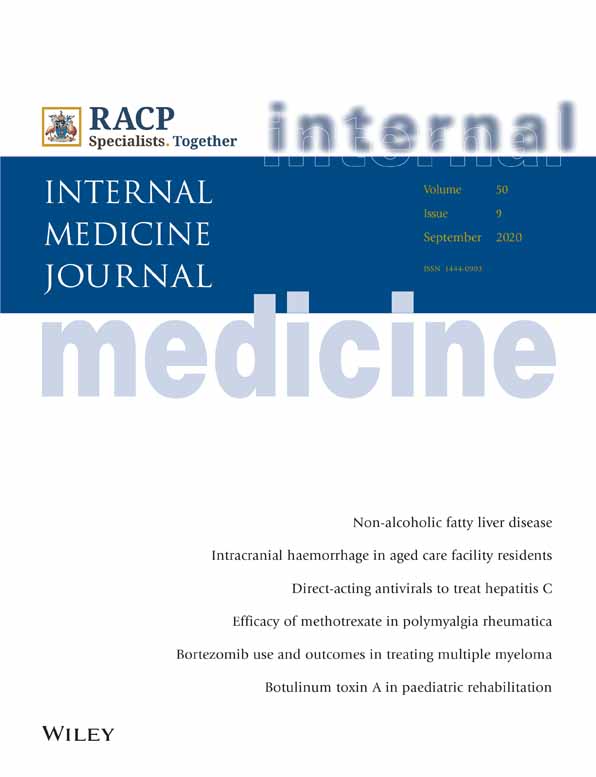Characteristics of H7N9 avian influenza pneumonia: a retrospective analysis of 17 cases
Abstract
Background
H7N9 avian influenza is an infection of public health concern, in part because of its high mortality rate and pandemic potential.
Aims
To describe the clinical features of H7N9 avian influenza and the response to treatment.
Methods
Clinical, radiological and histopathological data, and treatment-related of H7N9-infected patients hospitalised during 2014–2017 were extracted and analysed.
Results
A total of 17 H7N9 patients (three females; mean age, 58.4 ± 13.7 years) was identified; of these six died. All patients presented with fever and productive cough; four patients had haemoptysis and 13 had chest distress and/or shortness of breath. Early subnormal white blood cell count and elevation of serum liver enzymes were common. Multilobar patchy shadows, rapid progression to ground-glass opacities, air bronchograms and consolidation were the most common imaging findings. Histopathological examination of lung tissue of three patients who died showed severe alveolar epithelial cell damage, with inflammatory exudation into the alveolar space and hyaline membrane formation; widened alveolar septae, prominent inflammatory cell infiltration; and hyperplasia of pneumocytes. Viral inclusions were found in the lung tissue of two patients. All patients received antiviral drugs (oseltamivir ± peramivir). Four patients carried the rs12252-C/C interferon-induced transmembrane protein-3 (IFITM3) genotype, while the others had the C/T genotype.
Conclusions
H7N9 virus infection causes human influenza-like symptoms, but may rapidly progress to severe pneumonia and even death. Clinicians should be alert to the possibility of H7N9 infection in high-risk patients. The presence of the IFITM3 rs12252-C genotype may predict severe illness.




